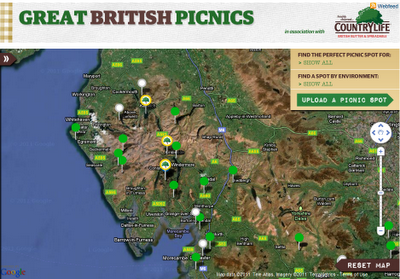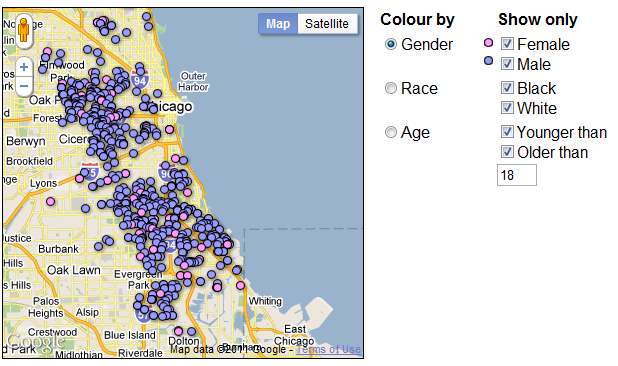If you’re looking for some help to plan your next vacation, luckily there are some new sites to help you decide where to go, how to get there, and what to do once you’re there. Gone are the days of tedious library research, transportation schedule matching, and needlessly getting lost. These applications can do it all for you.
Rome 2 Rio
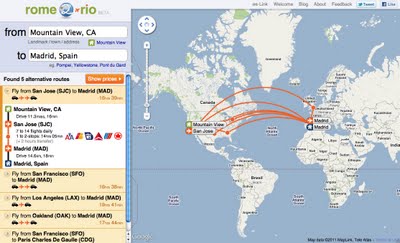
Rome 2 Rio is one of the most exciting new Google Maps API applications. Start by entering any two end points in the search fields and Rome 2 Rio will give you a list route options that include flights, trains, ferry, and driving directions. When you select a given route, the site allows you to view the details of each leg plotted out on the map and also gives you pricing options for flights. To learn more watch this video from Rome 2 Rio.
The Guardian – FCO Travel Advice Map
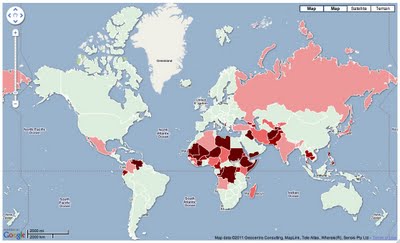
The U.K. Foreign & Commonwealth Office regularly issues travel advice for British citizens on the safest places to travel. Before you plan your next vacation, it might be worthwhile checking this map published by the Guardian that uses Google Fusion Tables to map out advice from the FCO. This map provides a fascinating snapshot of world travel.
Plnnr
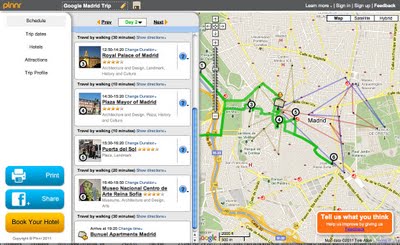
Plnnr is a one stop shop for travel planning advice. You start Plnnr by selecting a destination and length of stay. Then you select a theme (with kids, outdoors, popular, or culture experience), your level of intensity (more leisurely travel or ‘see everything’ travel), and your desired level of luxury. Based on these values, Plnnr builds a top to bottom trip itinerary complete with route maps, hotels, and attractions. You can print these plans out or share them with friends online. It’s a great tool to help you get a lay of the land before you even visit a new city.
Pitchup.com
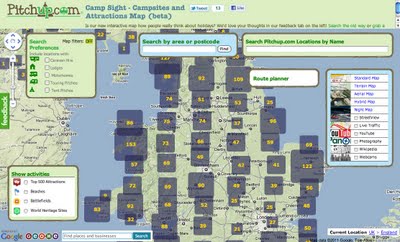
Pitchup.com is a new project to help U.K. campers find campsites or attractions and share reviews. The site has a wide range of tools to help your zero in on what you’re looking for. There are search tools for camping options (lodges, tents, trailers, etc.), layers of nearby photos and videos from Panoramio and YouTube, detailed information about each campsite, and much much more.
Sit or Squat

Ask anyone who’s spent significant time traveling and they’ll tell you one of the biggest difficulties on the road is finding a good public restroom. While you’re out and about, Sit or Squat makes this task easier by providing a list of over 105,000 open toilets from around the world. There are even pictures, descriptions, and ratings to help your decide where’s the best place to go!
